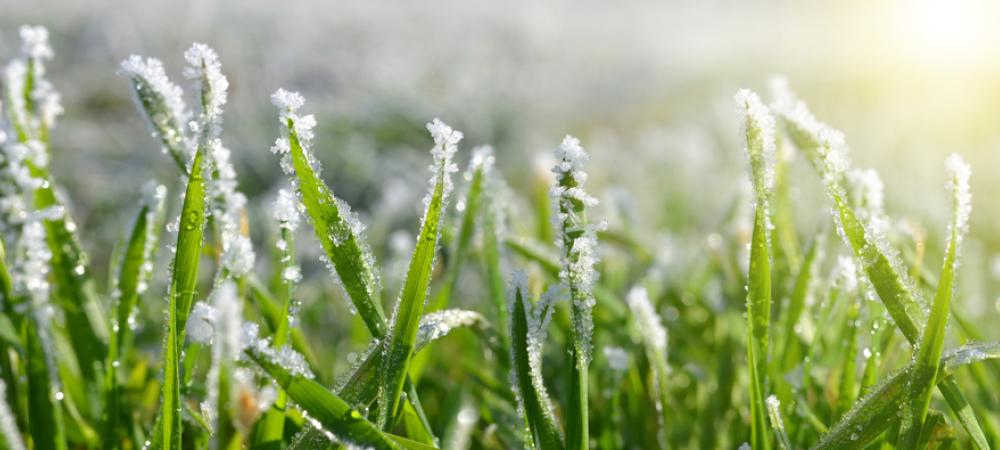Preparing Your Lawn for Winter in Colorado: Fertilization, Mowing, and Snow Care

Winter in Colorado can be tough on lawns. Cold temperatures, dry air, and heavy snow cover can stress even the healthiest yards. Proper winter lawn preparation ensures your grass survives the season and comes back thick and vibrant in spring. In this guide, we’ll cover final mowing, late-season fertilization, snow protection, winter watering, and prepping for spring growth, giving homeowners actionable steps to protect their lawns during the colder months.
Final Mowing and Height Tips
As the growing season winds down, the final mow is more important than many homeowners realize. For Colorado’s cool-season grasses, such as Kentucky bluegrass, fescue, and ryegrass, the ideal mowing height is around 2.5 to 3 inches.
- Mowing too short can stress your lawn and increase the risk of winter injury.
- Leaving grass too long may trap snow and encourage snow mold development.
Tip: Time your last mow just before the first hard freeze to balance dormancy preparation with disease prevention.
Late-Season Fertilization: What to Apply Before Freeze
Fall fertilization helps your lawn store nutrients for winter and strengthens roots for spring growth. A slow-release nitrogen fertilizer is best, applied in mid- to late October.
Key points:
- Promotes root development without encouraging vulnerable new leaf growth.
- Supports early spring greening and resilience against weeds.
- Avoid applying fertilizer too late, as it can lead to runoff or “winter burn.”
Protecting Grass from Snow Mold
Snow mold can damage lawns under prolonged snow cover, particularly when grass is too long or nitrogen levels are high.
Prevention tips:
- Maintain proper grass height (2.5–3 inches).
- Avoid over-fertilizing late in the season.
- Rake fallen leaves and debris to improve airflow and reduce moisture retention.
Tip: Professional lawn care programs can include snow mold prevention treatments for additional protection.
Winter Watering Strategies
Even dormant lawns need some moisture in Colorado’s dry winters. Proper watering prevents dehydration, especially in new or stressed lawns.
- Water deeply once every 3–4 weeks when temperatures are above 40°F.
- Use a soaker hose or sprinkler in the middle of the day to avoid ice formation.
- Adjust watering based on snow accumulation and natural precipitation.
While winter watering is not required as frequently as in summer, ignoring it completely can result in dry soil, weak roots, and patchy spring growth.
Prepping for Spring Growth
Winter prep sets your lawn up for a strong start in spring. Healthy roots, proper nutrient storage, and minimized disease risk lead to lush, green grass when temperatures rise.
Tips for early spring prep:
- Conduct soil testing in February or March.
- Plan aeration and overseeding if needed.
- Address weeds before they spread early in the season.
Common Mistakes to Avoid
Fall lawn prep is straightforward, but mistakes can undo your efforts:
- Mowing too short or too late: Weakens grass before dormancy.
- Applying fertilizer too late: Can cause “winter burn” or runoff.
- Neglecting debris removal: Leaves increase snow mold risk.
- Skipping winter watering: Roots can dry out under dry snow cover.
Preparing your Colorado lawn for winter is key to a lush, healthy spring lawn. By following proper mowing, fertilization, snow protection, and watering practices, homeowners can protect their investment and reduce spring maintenance needs.
For professional assistance, American Turf & Tree Care offers comprehensive lawn care programs designed to keep your yard healthy year-round. Start your winter prep today and ensure your lawn emerges strong in 2026.
